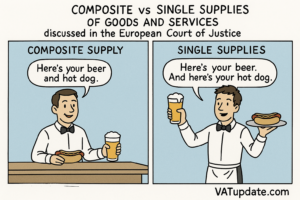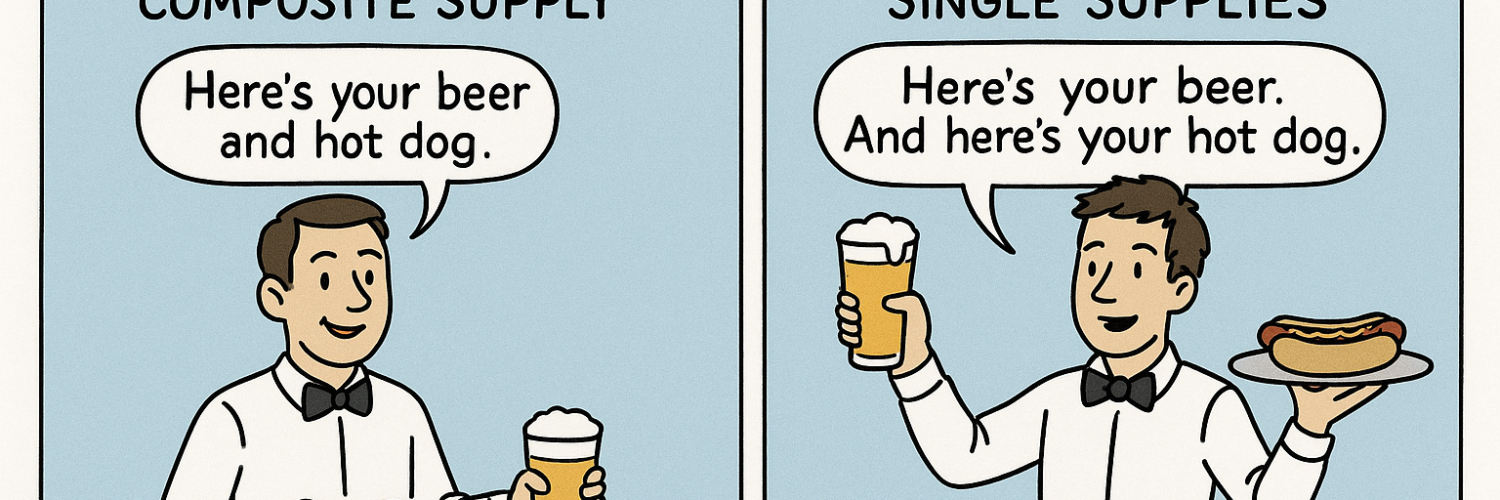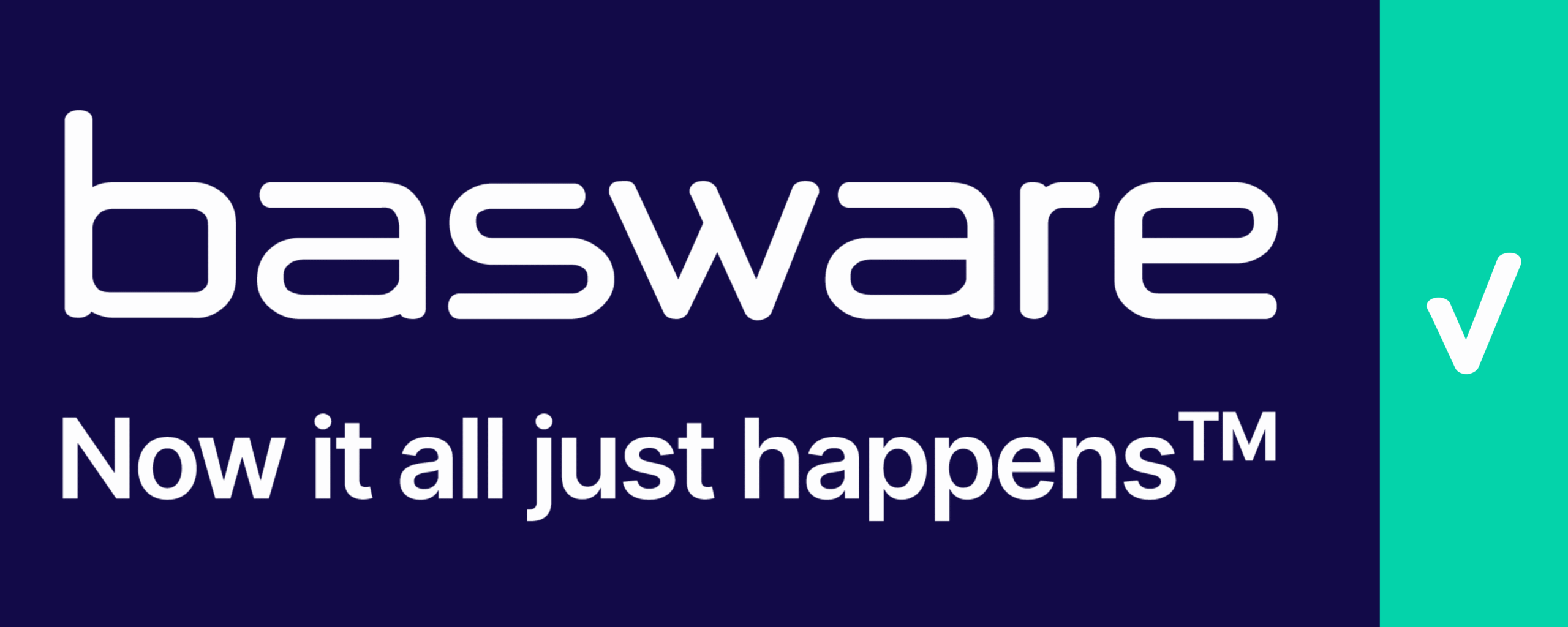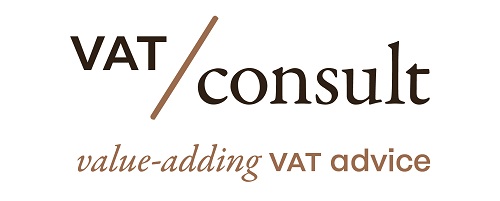Source Roadtrip through ECJ Cases – Focus on ”Composite supplies”
ECJ Case Law Review: Composite and Independent Supplies for VAT Purposes
This briefing document provides a review of several key European Court of Justice (ECJ) cases concerning the distinction between single composite supplies and multiple independent supplies for Value Added Tax (VAT) purposes. This distinction is crucial for determining the correct VAT treatment, including the applicable rate and exemptions.
The general principle established by the ECJ is that each transaction must normally be regarded as distinct and independent. However, a transaction consisting in economic terms of a single supply should not be artificially disassembled, as this would affect the proper functioning of the VAT system. The Court has developed criteria and considered specific factors in various contexts to determine whether a supply is single or multiple, and, if single, whether it is a supply of goods or services, and which element is predominant for VAT rate purposes.
Here are the main themes and important ideas arising from the provided sources:
1. General Principle: Distinct and Independent vs. Single Composite Supply
- The foundational principle, as reiterated in cases like ECJ C-282/22 (Dyrektor Krajowej lnformacji Skarbowej) and ECJ C-42/14 (Wojskowa Agencja Mieszkaniowa), is that each transaction is normally distinct and independent.
- However, the ECJ consistently emphasizes that a transaction should not be “artificially disassembled” if it forms, “objectively, from an economic point of view, a whole transaction, which it would be artificial to split” (ECJ C-41/04 (Levob Verzekeringen and OV Bank), ECJ C-42/14 (Wojskowa Agencja Mieszkaniowa)).
- The question of whether supplies are “so closely linked that they form, objectively, a single, indivisible economic supply which it would be artificial to split” is a recurring theme and the core test for determining a single composite supply (ECJ C-42/14 (Wojskowa Agencja Mieszkaniowa)).
2. Criteria for Identifying a Single Composite Supply
Several factors are considered when assessing whether multiple elements constitute a single supply:
- Economic Reality and the Typical Consumer’s Perspective: The assessment should be based on the economic reality of the transaction as viewed by the typical consumer. If the subsidiary supplies are so closely linked that, in isolation, they lack practical benefit for the customer, they may form a single supply (ECJ C-41/04 (Levob Verzekeringen and OV Bank) AG Opinion).
- Ancillary vs. Principal Supply: A service is considered ancillary to a principal service if it is “not an end in itself for the customers but a means to make the main service of the provider more attractive” (ECJ C-308/96 & C-94/97 (Madgett and Baldwin), ECJ C-44/11 (Deutsche Bank)). An ancillary supply typically shares the VAT treatment of the principal supply (ECJ C-581/19 (Frenetikexito), ECJ C-42/14 (Wojskowa Agencja Mieszkaniowa)).
- Close Linkage and Indispensability: If components of a performance are indispensable for the main purpose and are “closely linked,” they are likely to be considered a single transaction (ECJ C-282/22 (Dyrektor Krajowej lnformacji Skarbowej)).
- Artificial Splitting: The avoidance of artificially splitting a single economic supply is a key consideration (ECJ C-42/14 (Wojskowa Agencja Mieszkaniowa)).
- Content of the Agreement: The terms of the contract itself are relevant to the assessment (ECJ C-42/14 (Wojskowa Agencja Mieszkaniowa)).
- Lack of Independent Usefulness: If individual elements of a bundle of services do not have independent practical benefit for the customer when viewed in isolation, this supports the finding of a single supply (ECJ C-41/04 (Levob Verzekeringen and OV Bank) AG Opinion).
3. Determining the Predominant Element in a Composite Supply
When a single composite supply comprises elements that would, if supplied separately, be subject to different VAT rates or treatments, the VAT treatment of the single supply is determined by the predominant element.
- The ECJ in ECJ C-463/16 (Stadion Amsterdam) ruled that a single supply composed of a principal and an ancillary element, where the elements would have different VAT rates if separate, “must be taxed solely at the rate of value added tax applicable to that single supply, that rate being determined according to the principal element”. This applies “even if the price of each element forming the full price paid by a consumer in order to be able to receive that supply can be identified.”
- This principle means that even if a specific part of a composite service (like a visit to a museum within a stadium tour) could be attributed a price and would normally have a reduced rate, the overall single supply is taxed at the rate applicable to the principal element (the stadium tour in this case), unless the ancillary element is so dominant that it changes the overall nature of the supply.
4. Classification as Supply of Goods or Services
The distinction between the supply of goods and the supply of services within a composite supply is also important for VAT purposes.
- The supply of electricity is treated as a supply of goods (ECJ C-282/22 (Dyrektor Krajowej lnformacji Skarbowej), Article 15(1) EU VAT Directive).
- In the context of electric vehicle charging, the supply of electrical energy and the provision of charging equipment and technical support are considered a single transaction, and are “to be regarded supplies of goods” (ECJ C-282/22 (Dyrektor Krajowej lnformacji Skarnej)).
- “Construction work” can cover both the supply of goods and services (ECJ C-395/11 (BLV Wohn- und Gewerbebau GmbH)).
- Software can be a supply of services if customisation is predominant. If the customisation is “neither minor nor ancillary but, on the contrary, predominates,” the single supply is classified as a supply of services (ECJ C-41/04 (Levob Verzekeringen and OV Bank)). Factors like “extent, cost or duration the customisation is of decisive importance” are considered.
- Restaurant transactions are generally considered supplies of services (ECJ C-231/94 (Faaborg-Gelting-Linien A/S)).
- Reprographics activities can be a supply of goods (mere reproduction) or services (involving additional predominant services) (ECJ C-88/09 (Graphic Procédé)). Factors to consider for predominance include importance for the recipient, time, processing required, and proportion of total cost.
5. Specific Case Examples and Their Implications
- Electric Vehicle Charging (ECJ C-282/22): Supply of electricity, access to charging devices, and technical support are a single supply of goods.
- Subscription with Gift (ECJ C-505/22): A gift offered with a periodical subscription is an “incidental service” to the main service (delivery of periodicals) and is considered a “delivery of goods carried out for consideration,” not a free transfer of goods under Article 16. The unified value limit for small gifts under Article 16 applies to free transfers, not incidental services provided for consideration as part of a larger transaction.
- Fitness Center with Nutritional Advice (ECJ C-581/19): Nutritional advice provided within a fitness center by a certified professional is a distinct and independent service and is not necessarily exempt from VAT under the health exemption (Article 132(1)(c)), unless it has a therapeutic aim. Even if offered as part of a package, the nutritional advice can be a separate supply.
- Letting of Immovable Property with Utilities (ECJ C-42/14): The letting of immovable property and the provision of utilities (water, electricity, heating, refuse collection) are, in principle, distinct and independent supplies, even if the landlord contracts with third parties and passes on costs. They are only considered a single supply if the elements are so closely linked as to form an indivisible economic supply, a determination for the national court.
- Leasing with Insurance (ECJ C-224/11): Leasing services and insurance for the leased item are, in principle, distinct and independent services. The national court must assess the degree of interconnectedness to determine if they form a single supply.
- Supply of Goods with a Loan (ECJ C-208/15): A supply of goods together with a loan to purchase those goods constitutes a single transaction, with the supply of goods being the principal supply. The taxable amount includes both the price of the goods and the interest on the loan.
- Payment Handling Charges (ECJ C-276/09): Additional fees charged for certain payment methods for mobile telephony services are to be assessed to determine if they constitute a separate supply for VAT purposes. This involves considering whether the charge is individually identified and separately itemised.
- Golf Club Membership (ECJ C-150/99): A general VAT exemption for membership of a golf club that includes a wide range of additional services is not automatically applicable. The provision of facilities for sport is generally taxable, and an exemption for leasing or letting requires the essential characteristics of a lease (right to occupy defined immovable property) to predominate.
- Off-Airport Parking with Shuttle (ECJ C-117/11): A parking service combined with passenger transport between the car park and the airport is a single composite service. The transport service is considered ancillary to the parking service, as the customer’s primary aim is parking, and the transport is a means to enable access to the airport from the off-site location. The cost of the transport service alone is not a determining factor for classification as ancillary.
- Supply and Installation of Fibre-Optic Cable (ECJ C-111/05): The supply and laying of a fibre-optic cable linking two Member States is considered a single supply for place of supply purposes. However, for VAT purposes, the transaction is split based on the territorial positioning of the cable, meaning VAT is payable pro rata to the length of the cable in each Member State’s territory. No VAT is due on the part of the transaction carried out outside the EU.
- Construction Scheme (ECJ C-73/85): A scheme involving the purchase of land and a separate contract for building construction, even if linked, does not necessarily constitute a single supply of “buildings or parts thereof, and of the land on which they stand” for VAT exemption purposes. The supply of goods and services under the building contract, excluding the land, are subject to VAT. The existence of real property transfer tax in addition to VAT on such transactions is generally permissible as long as it’s not characterized as a turnover tax.
6. Abuse of Rights
- The ECJ has considered the concept of “abuse of rights” in the context of VAT, particularly when transactions are artificially split to obtain a tax advantage (ECJ C-425/06 (Part Service)). Splitting leasing arrangements into separate contracts (leasing, financing, insurance, intermediation) to subject only the right to use goods to VAT, where a single contract would have made the whole consideration subject to VAT, may be considered an abuse of rights.
In summary, the ECJ’s approach to distinguishing between single composite and independent supplies for VAT purposes is highly fact-specific and focuses on the economic reality of the transaction from the perspective of a typical consumer. The determination relies on evaluating the relationship between the different elements, their indispensability, and whether they form a single, indivisible economic whole that would be artificial to split. If a single supply is identified, the VAT treatment, including the rate, is generally determined by the principal element.

- Join the Linkedin Group on ECJ/CJEU/General Court VAT Cases, click HERE
- VATupdate.com – Your FREE source of information on ECJ VAT Cases
Latest Posts in "European Union"
- CJEU Clarifies 0% VAT Documentation for Intra-Community Supplies: Key 2025 Ruling for Businesses
- Key CBAM Changes for EU Importers Effective January 2026: New Thresholds and Reporting Rules
- GENA Urges EU to Harmonise and Expand Digital E-Invoicing in Public Procurement Reform
- Audit Office Monitors Council’s VAT Filing Amid Potential £600k HMRC Fine Risk
- EU VAT Gap 2023: Key Findings, Country Comparisons, and Policy Insights from Mind the Gap Report














